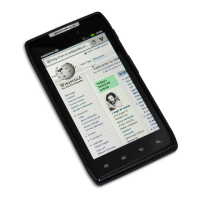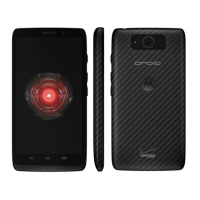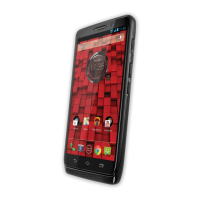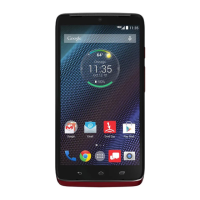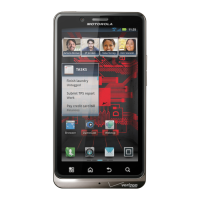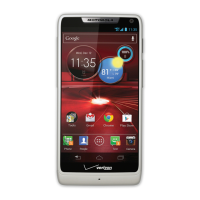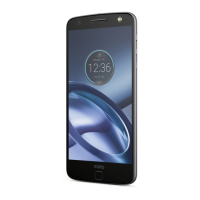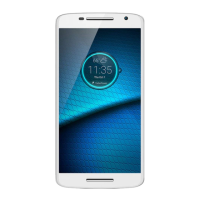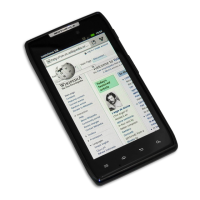CHAPTER 1: Getting Started
55
Setting up Your Google Account
When you power on your DROID for the
first time and slide to unlock it, certain
apps such as the Calendar, Contacts,
and Email require that you connect your
DROID to a Google account. This is
because your DROID is running the
Android operating system created by
Google. It was designed from the ground
up to be wirelessly connected to a Google
account.
If you don’t have a Google account already, you can create a free one with a Gmail
address by registering at http://mail.google.com/mail/signup.
To connect your DROID to Google, you need to enter your Gmail account login and
password and follow the steps outlined to log in. We show you the detailed steps of how
to do this in Chapter 3: “Sync Your DROID with Your Google Account.” Chapter 3 also
shows you how to transfer your contacts from your computer to your Google account,
so you can sync them to your phone.
TIP: If your workplace uses Google Apps for Enterprise, then you could use this ID as your
Google account. However, unless your phone is part of an enterprise deployment, the wiser
course of action is to use a personal Google account and add the Google Apps information as an
additional email account. That way, you don’t lose your phone data if you switch jobs.
Using Other Google Services
We’ll cover how to use other Google services in greater detail in Chapter 3, but virtually
everything on Android phones is handled through your Google account. You should set
up and explore these tools on the Web for a better understanding of how they work on
your phone.
If you purchase apps in the Android Market, you’ll use your Google account and the
Google Checkout app to complete the transaction. The default email account is Gmail,
and the default calendar is Google Calendar.
Here are a few of the default Google services you’ll get to know as you use your DROID:
Gmail (Google’s email program), Google Calendar, Google Maps, Google Checkout
(a payment system like the one from PayPal), Picasa (a photo upload and sharing site
like Flickr), and YouTube (a video upload and sharing service).

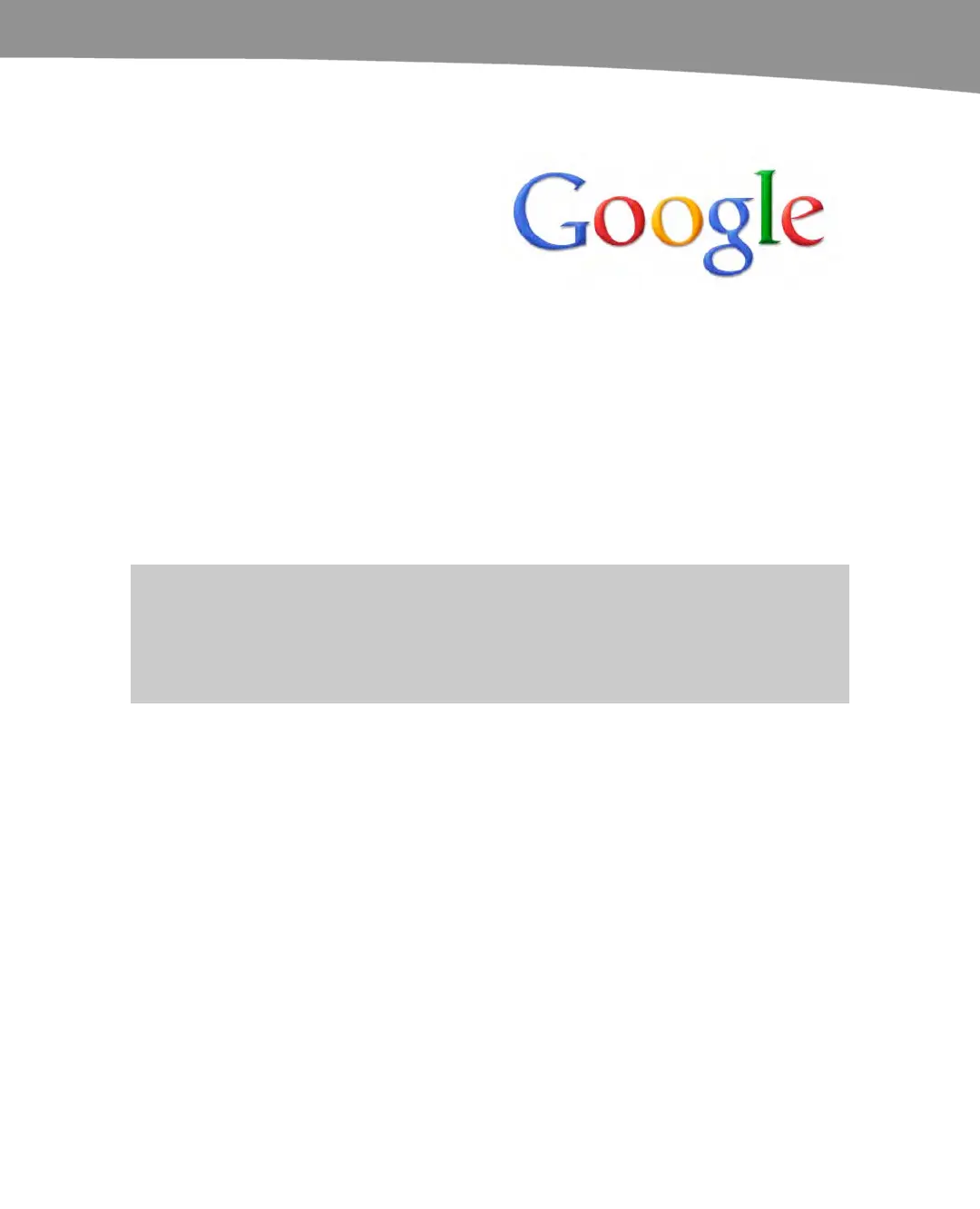